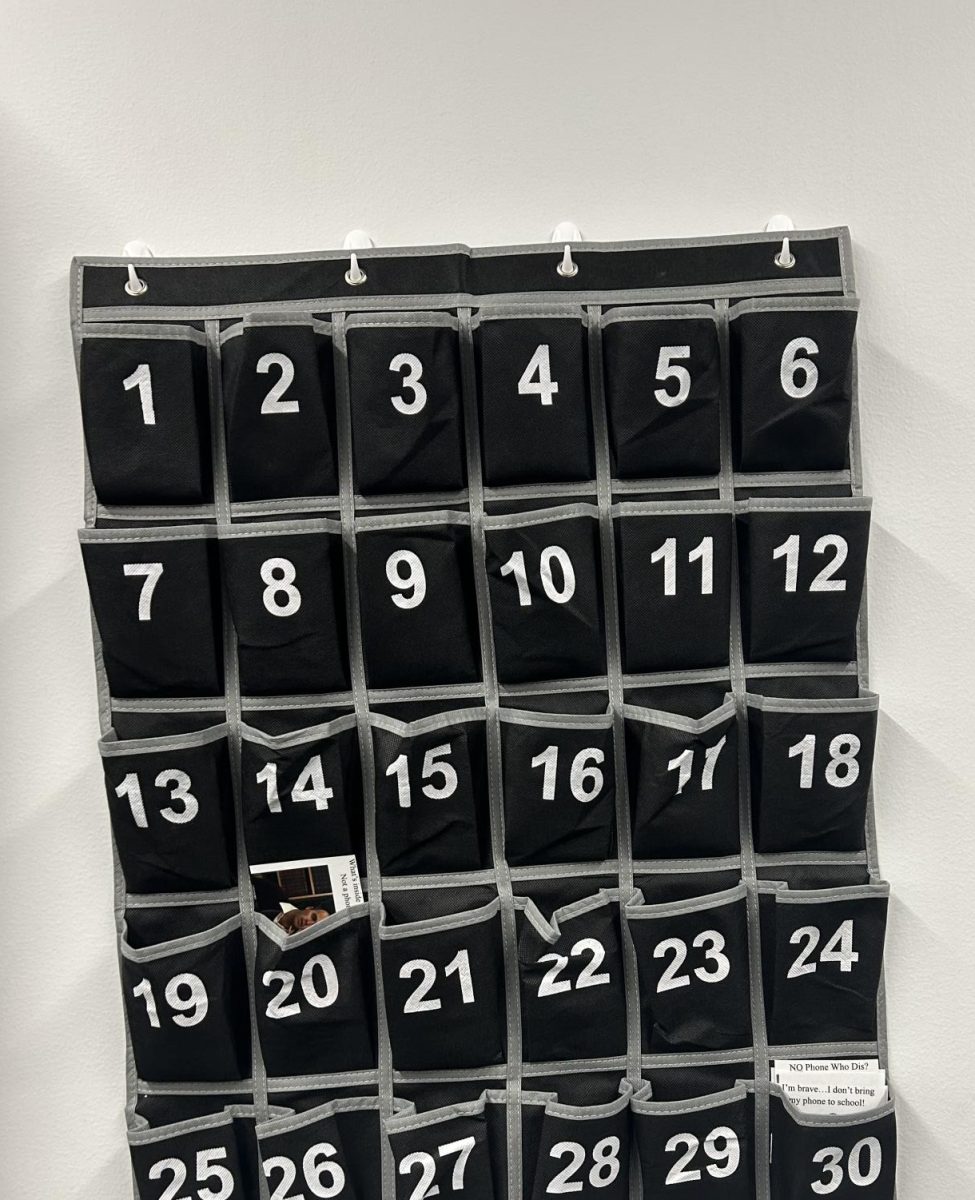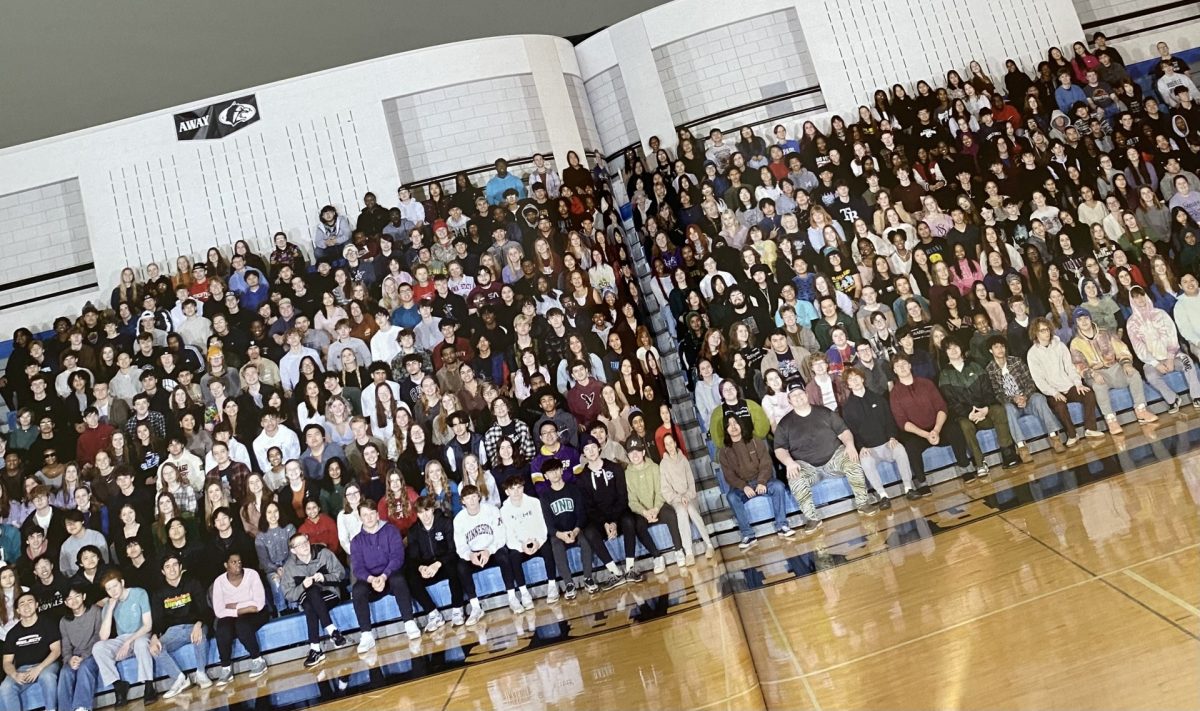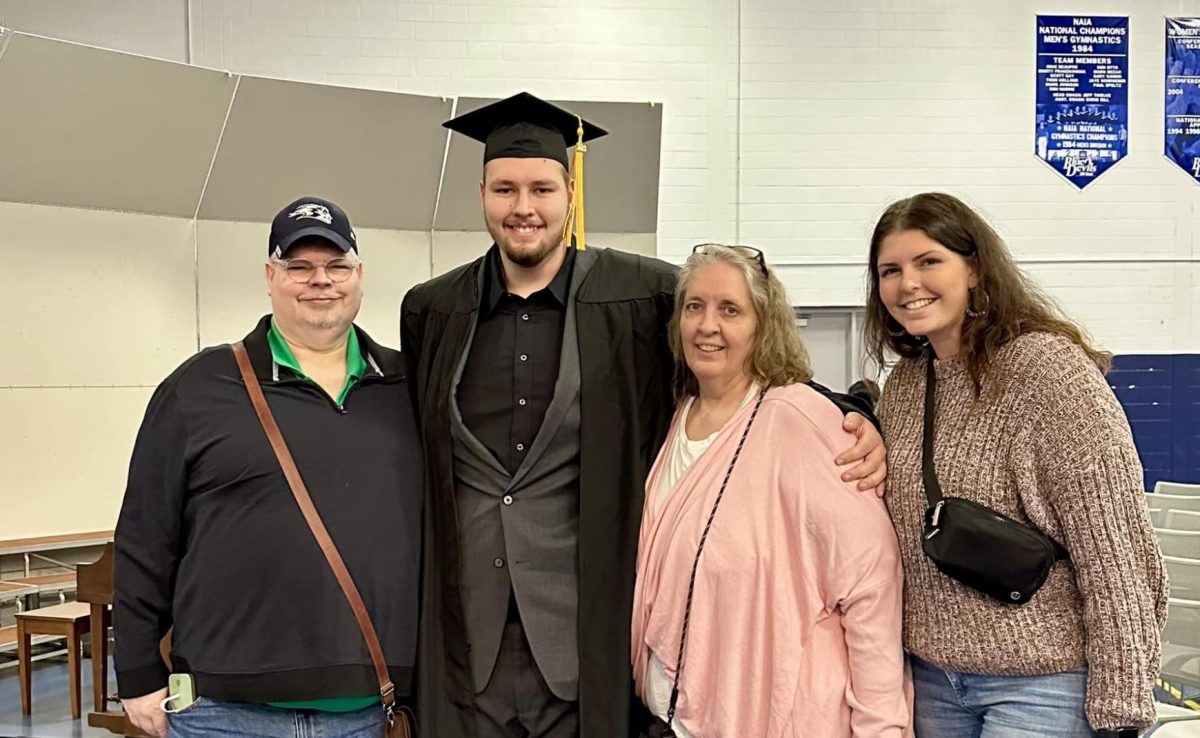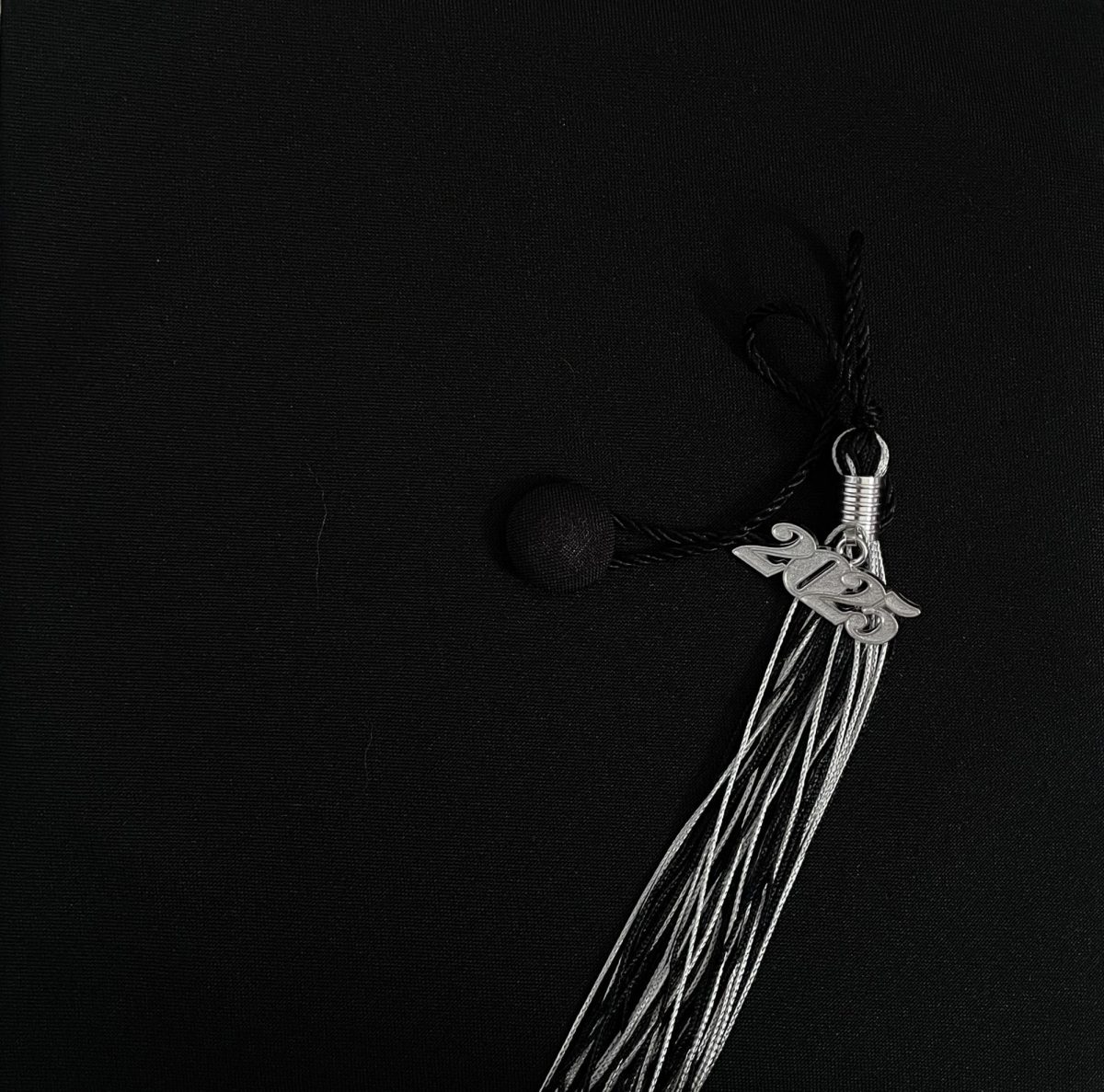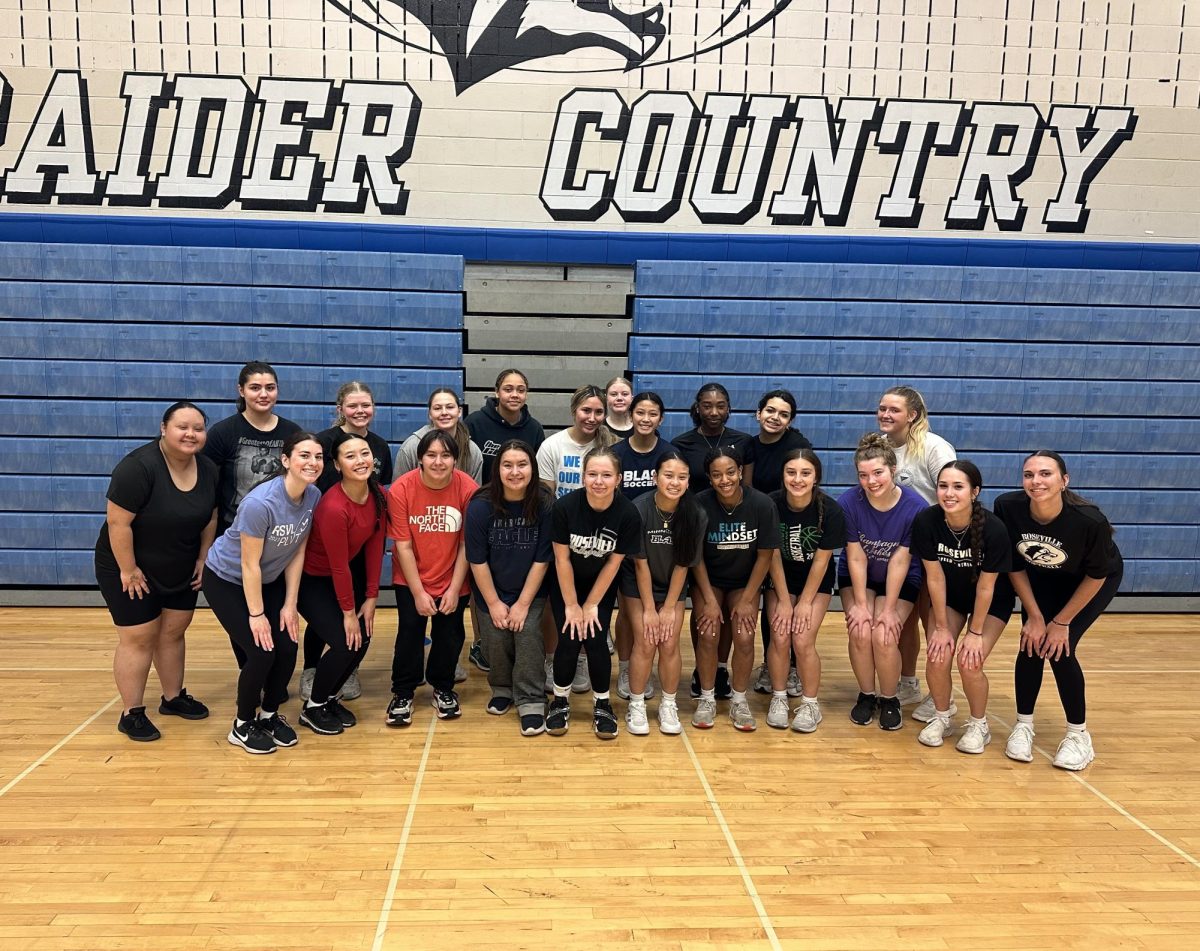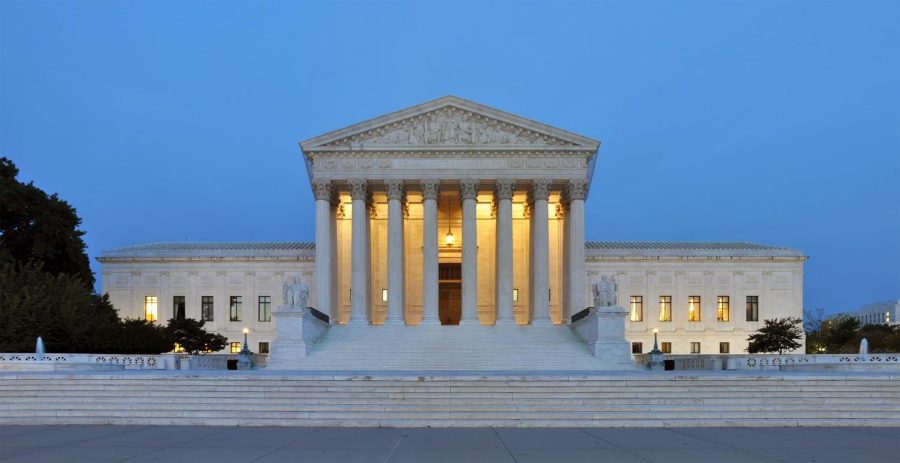News Beyond RAHS: What is Roe vs. Wade?
A dive into the 1972 Supreme Court case.
November 16, 2022
Roe v. Wade was a decision of the U.S. Supreme Court in which the court ruled that the Constitution of the U.S. conferred the right to have an abortion. The ruling was overturned in June of 2022 giving states the right to ban abortion for 50 years.
Norma Leah Nelson McCorvey (aka Jane Roe) was a single mother of two children. At the age of 21, in 1969, she became pregnant with a third child. McCorvey wanted an abortion, but she lived in Texas where it was illegal. (except when necessary to save the mother’s life).
In March of 1970, in Dallas County, Texas, Norma McCorvey filed a lawsuit against Henry Wade, the district attorney of Dallas County. McCorvey was 6 months pregnant, so Texas lawyers Linda Coffee & Sarah Weddington filed a suit on her behalf in federal court under the pseudonym Jane Roe. She used the name Jane Roe in order to cover up her true identity.
She argued for the right to legally and safely end a pregnancy that a woman did not wish to carry forward. McCorvey alleged that the state laws were unconstitutionally vague & abridged her right of personal privacy.
At first, the Supreme Court disagreed with McCorvey’s assertion of an absolute right to terminate pregnancy in any way & attempted to balance a woman’s right of privacy with a state’s interest in regulating abortion. Then, a three-judge panel of the U.S. District Court for the Northern District of Texas struck down Texas’s abortion ban, finding it overbroad & locating the right to reproductive choice in the 9th & 14th Amendments. Citing Griswold, the court noted that the Constitution guarantees “the right of choice over events which, by their character and consequences, bear in a fundamental manner on the privacy of individuals.” While the federal court declared the Texas law unconstitutional, it declined to immediately block its enforcement, putting Roe v. Wade on a fast track to the Supreme Court.
Sarah Weddington, one of McCorvey’s lawyers, stood before the justices of the Supreme Court on December 13th, 1971. She built her case for the constitutional right to abortion around the 9th &14th Amendments, arguing that “meaningful” liberty must include the right to terminate an unwanted pregnancy.
The Supreme Court handed down its decision on January 22nd, 1973. 7/9 justices agreed that the Due Process Clause of the 14th Amendment, “deprive any person of life, liberty, or property, without due process of law”, implies a right to privacy. The majority seized upon Weddington’s definition of liberty, citing a series of prior cases indicating that the term “liberty” must be interpreted broadly in a free society. The justices recognized that the state could place some limits on abortion if necessary to further a compelling state interest. The state’s ability to regulate increased as a pregnancy progressed. After a fetus reached viability, the state could prohibit abortion, except when necessary to protect health or life.
On Friday, June 24th, 2022, the US Supreme Court overturned Roe v. Wade. The decision dismantled 50 years of legal protection & paved the way for individual states to outright or ban abortion rights. 9 states have already implemented their abortion bans, & another dozen states are in the process.




